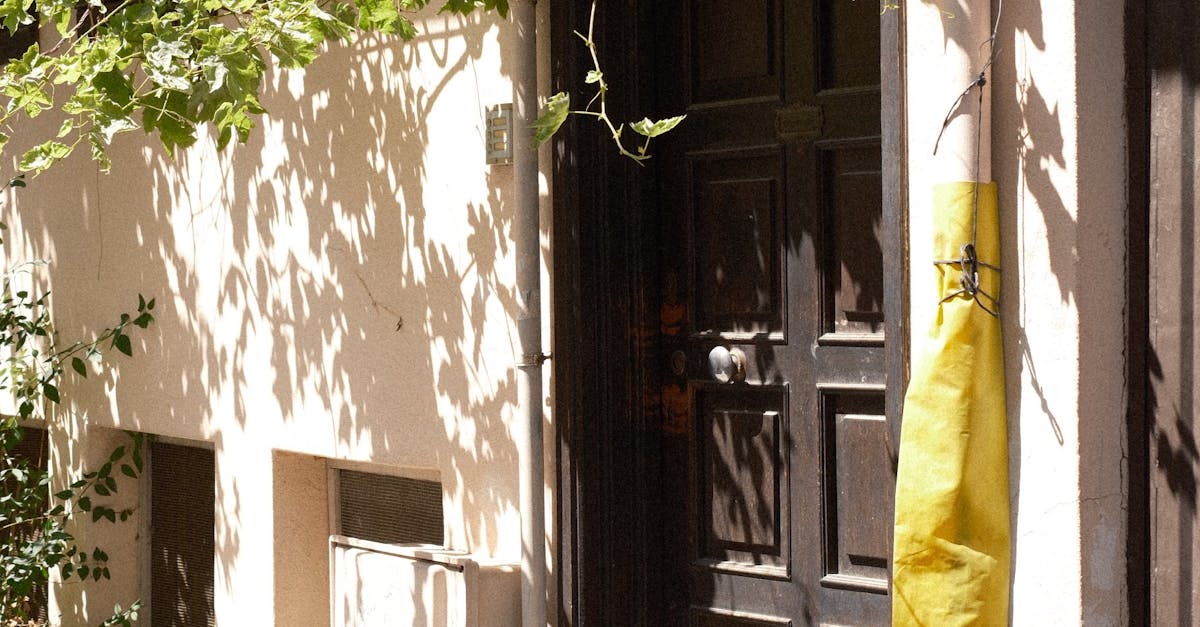
Table Of Contents
Integrating Technology for Energy Efficiency
Integrating technology plays a crucial role in enhancing energy efficiency within Passive Houses. Smart thermostats, for instance, enable precise control of indoor temperatures, reducing energy wastage. By automatically adjusting heating and cooling systems based on occupancy and external conditions, these devices contribute significantly to lowering energy consumption.
owners from pursuing this sustainable building approach. This financial hurdle can be particularly daunting for those with limited resources or budget constraints.
Another obstacle in implementing Passive House standards lies in the lack of awareness and education about the benefits of these energy-efficient designs. Many individuals in the construction industry may not be familiar with the principles and techniques required to achieve Passive House certification, leading to a reluctance to adopt these standards. Overcoming this knowledge gap through training programs, workshops, and information sessions can help promote the widespread adoption of Passive House principles in the construction sector.
Overcoming Cost Barriers in Sustainable Construction
Implementing passive house standards in construction projects often comes with challenges related to costs. The initial investment required for sustainable construction can be a barrier for many developers and homeowners. However, over the long term, the benefits of passive house designs can outweigh the upfront costs through energy savings and reduced environmental impact.
One way to overcome cost barriers in sustainable construction is to leverage government incentives and subsidies. Many countries offer financial support or tax incentives for projects that align with sustainable building practices such as passive house standards. By taking advantage of these programs, developers and homeowners can offset some of the initial costs and make sustainable construction more financially viable in the long run.
FAQS
What is a Passive House?
A Passive House is a building design approach that focuses on energy efficiency through insulation, efficient ventilation, and passive solar gain to minimize energy consumption for heating and cooling.
How does integrating renewable energy contribute to environmental sustainability in Passive Houses?
Integrating renewable energy sources such as solar panels or wind turbines with Passive Houses helps reduce reliance on traditional energy sources, lowering carbon emissions and promoting environmental sustainability.
What are the key environmental benefits of Passive Houses?
Passive Houses offer significant environmental benefits by reducing energy consumption, lowering greenhouse gas emissions, and promoting a more sustainable approach to building design and construction.
How do Passive Houses help in reducing carbon footprint?
Passive Houses reduce carbon footprint by minimizing energy consumption for heating and cooling, thus lowering reliance on fossil fuels and decreasing greenhouse gas emissions associated with traditional building designs.Sitemap
What are some challenges in implementing Passive House standards?
Challenges in implementing Passive House standards include initial cost barriers, the need for specialized knowledge and skills in construction, and overcoming traditional building practices that may not align with energy-efficient design principles.
How can cost barriers in sustainable construction be overcome when implementing Passive House standards?
Cost barriers in sustainable construction can be overcome through incentives such as government grants or rebates, long-term cost savings from reduced energy bills, and innovative financing options that support the upfront investment in Passive House design and technologies.Contact Us!
Related Links
Evaluating the Life Cycle Assessment of Passive House BuildingsThe Role of Passive House in Reducing Carbon Footprint
Addressing Climate Change through Passive House Construction
Passive House Technologies for Minimising Environmental Impact
Passive House Certification and its Environmental Benefits
Passive House Standards and their Contribution to Environmental Conservation
Passive Home Builders